A cup of pumpkin spice latte containing milk, pumpkin, and cinnamon is the best and most relaxing hot drink that everyone enjoys during this wintertime. You can learn more about this fact at nutritiondietnews.com. Moreover, it is becoming more and more popular as it provides a lot of warmth and fun and provides many amazing health benefits for the whole body. The excellent health benefits are attracted by the three main elements of the hot drink: skim milk, milk and cinnamon. Now, let’s take a look at the health benefits of pumpkin spice latte.

Pumpkin
Pumpkin is the main ingredient for this healthy hot drink. Not only it gives a tasty texture to the drink, but it also serves a lot of health benefits to us. Pumpkin is very nutritious as it has several beneficial vitamins, minerals, and phytochemicals. Some of these phytochemicals prevent the onset of certain diseases. Serotonin calms depression and can also be helpful for sleep.
Besides that, it is also rich in calcium. With these dietary supplements, a cup of pumpkin milk provides us with several health benefits. Also, it has anti-inflammatory properties and can be used consistently to reduce gout inflammation without the unwanted side effects of prescription drugs. Moreover, pumpkin is low in calories and provides only 26 calories per 100 grams. Therefore, it is low in cholesterol and fat.
Milk
An eight-ounce glass contains only 86 calories and many nutritional benefits. For starters, even though it is skim milk, it has little to no fat. What you may not realize is that calcium from milk is absorbed more efficiently than calcium from supplements. As mentioned above, milk offers many health benefits, especially when combined with pumpkin and other products. One of the most prominent health benefits is that it helps regulate blood pressure. Also, it can reduce blood flow and boost the immune system. It also plays an important role in muscle contraction and protects against osteoporosis.
Cinnamon
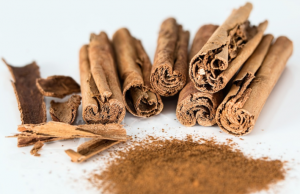 Although you can switch cinnamon with other spices as the ingredient, cinnamon is the ideal spice to use. This is because it is rich in several nutrients and provides many health benefits to the entire body. Cinnamon is highly valued for its powerful antimicrobial, anti-inflammatory, and anti-infective properties. Cinnamon remains a natural remedy used as a powerful cure for insomnia and stomach problems, especially diabetes and snoring. Along with this, cinnamon is one of the many harms and discomforts as it contains anti-inflammatory properties. Since cinnamon is rich in fiber, it will help alleviate irritable bowel syndrome symptoms, for example, constipation and nausea.
Although you can switch cinnamon with other spices as the ingredient, cinnamon is the ideal spice to use. This is because it is rich in several nutrients and provides many health benefits to the entire body. Cinnamon is highly valued for its powerful antimicrobial, anti-inflammatory, and anti-infective properties. Cinnamon remains a natural remedy used as a powerful cure for insomnia and stomach problems, especially diabetes and snoring. Along with this, cinnamon is one of the many harms and discomforts as it contains anti-inflammatory properties. Since cinnamon is rich in fiber, it will help alleviate irritable bowel syndrome symptoms, for example, constipation and nausea.


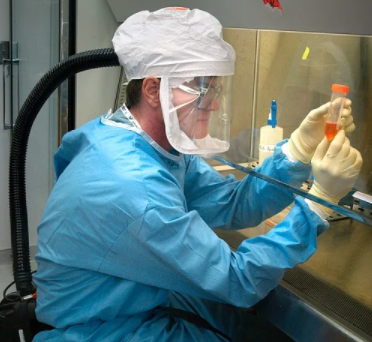
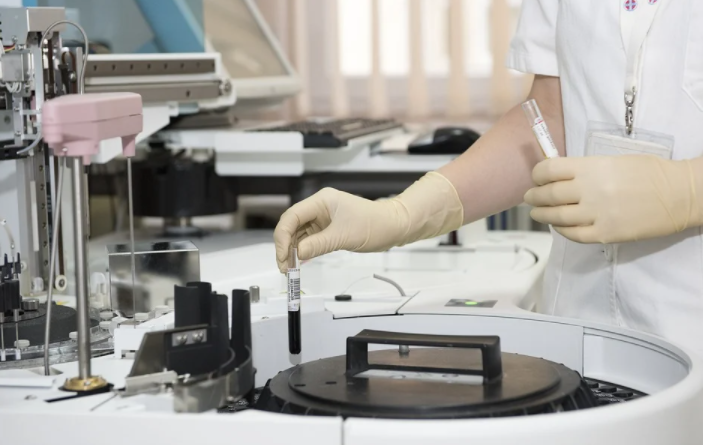
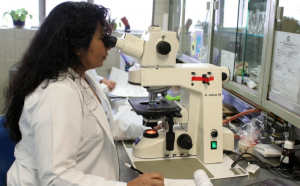 Simulation centers are nearly ubiquitous in nursing and medical schools. Many health care programs now incorporate simulation to enhance face-to-face clinical experiences and educational content. Over the past two decades, simulation has gained support in excellent health care programs because its effectiveness is supported by research and offers various educational benefits. Some licensure preparation programs, such as nursing, with the support of accrediting agencies and state licensing boards, have begun using simulation as a substitute for in-house clinical hours after a recent landmark study in several locations provided evidence. This evidence is considered an excellent simulation that can replace up to 50% of clinical hours while achieving similar educational outcomes.
Simulation centers are nearly ubiquitous in nursing and medical schools. Many health care programs now incorporate simulation to enhance face-to-face clinical experiences and educational content. Over the past two decades, simulation has gained support in excellent health care programs because its effectiveness is supported by research and offers various educational benefits. Some licensure preparation programs, such as nursing, with the support of accrediting agencies and state licensing boards, have begun using simulation as a substitute for in-house clinical hours after a recent landmark study in several locations provided evidence. This evidence is considered an excellent simulation that can replace up to 50% of clinical hours while achieving similar educational outcomes.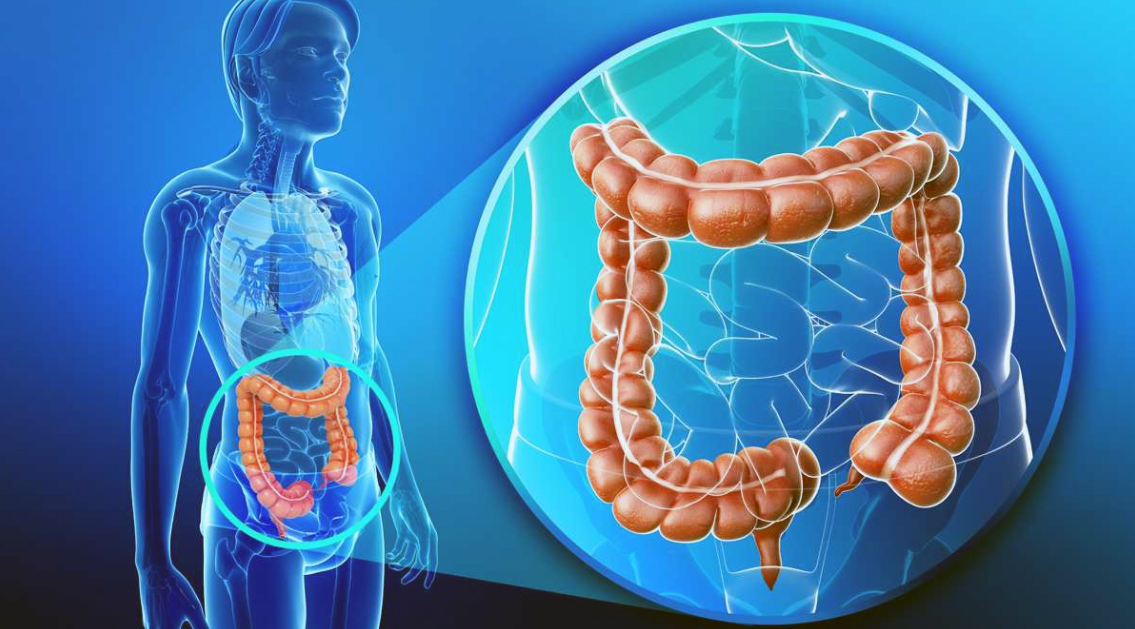
 Unfortunately, when the main cause is unknown, the only way to treat the condition is to decrease its risk factors and suppress its symptoms. The current official approach involves immune system suppressors, anti – inflammatory medications, antibiotics, anti – diarrheal drugs, painkillers, and various supplements to compensate substances lost due to diarrhea. Patients with complications or severe symptoms resistant to medications can be treated surgically, but this usually means surgical removal of a big portion or entire large intestine. Recently, some new ideas and promising therapy strategies are being explored and tested.
Unfortunately, when the main cause is unknown, the only way to treat the condition is to decrease its risk factors and suppress its symptoms. The current official approach involves immune system suppressors, anti – inflammatory medications, antibiotics, anti – diarrheal drugs, painkillers, and various supplements to compensate substances lost due to diarrhea. Patients with complications or severe symptoms resistant to medications can be treated surgically, but this usually means surgical removal of a big portion or entire large intestine. Recently, some new ideas and promising therapy strategies are being explored and tested. This relatively new procedure, also known as stool transplantation, has been used to cure colitis caused by bacteria Clostridium difficult. Since many studies have shown the important role of intestine bacteria in the genesis of ulcerative colitis, recent trials are trying to apply fecal microbiota transplants as a treating method for UC patients. The major idea is to collect stool samples from healthy donors, prepared them in a special way and place into colon tissue of people suffering from UC. The transplantation is conducted via colonoscopy, endoscopy or enema. Donor’s stool contains good and useful intestinal bacteria needed for normal physiology of the bowls and allegedly being killed by immune cells in ulcerative colitis, causing predomination of pathogenic bacteria in bowls.
This relatively new procedure, also known as stool transplantation, has been used to cure colitis caused by bacteria Clostridium difficult. Since many studies have shown the important role of intestine bacteria in the genesis of ulcerative colitis, recent trials are trying to apply fecal microbiota transplants as a treating method for UC patients. The major idea is to collect stool samples from healthy donors, prepared them in a special way and place into colon tissue of people suffering from UC. The transplantation is conducted via colonoscopy, endoscopy or enema. Donor’s stool contains good and useful intestinal bacteria needed for normal physiology of the bowls and allegedly being killed by immune cells in ulcerative colitis, causing predomination of pathogenic bacteria in bowls. During
During 
 Lactose is a type of sugar found in milk and dairy products, and lactose intolerance is a condition whey your body cannot easily digest this sugar. Some people confuse lactose intolerance with allergy to milk, but keep in mind that these are two different conditions. Lactose intolerance is caused by small intestine does not produce enough lactose – an enzyme essential for properly breaking down lactose. Also, some people can easily digest certain dairy products and small amounts of milk, whereas the others cannot digest any dairy products whatsoever.
Lactose is a type of sugar found in milk and dairy products, and lactose intolerance is a condition whey your body cannot easily digest this sugar. Some people confuse lactose intolerance with allergy to milk, but keep in mind that these are two different conditions. Lactose intolerance is caused by small intestine does not produce enough lactose – an enzyme essential for properly breaking down lactose. Also, some people can easily digest certain dairy products and small amounts of milk, whereas the others cannot digest any dairy products whatsoever. In the case of lactose intolerance, lactose moves through the colon without being properly digested. This causes a series of uncomfortable symptoms such as bloating, gases and belly pain. Other symptoms which may appear include rumbling sounds inside the belly, loose stools, diarrhea and vomiting.
In the case of lactose intolerance, lactose moves through the colon without being properly digested. This causes a series of uncomfortable symptoms such as bloating, gases and belly pain. Other symptoms which may appear include rumbling sounds inside the belly, loose stools, diarrhea and vomiting. This test requires avoiding certain types of food, medicines and cigarettes before it is conducted. On the day of the test, liquid containing lactose is taken, and a patient breathes into a machine several times over a few hours, and the machine measures the hydrogen levels in breath.
This test requires avoiding certain types of food, medicines and cigarettes before it is conducted. On the day of the test, liquid containing lactose is taken, and a patient breathes into a machine several times over a few hours, and the machine measures the hydrogen levels in breath. Not taking enough calcium is a number one problem of people who turn out to be lactose intolerant. However, there are plenty of natural sources of calcium other than milk and dairy. Foods rich in calcium are: almonds, sesame seeds, broccoli, kale, turnip greens and okra. Milk and dairy substitutes such as soy and almond milk, tofu products etc. are not only good source of calcium, but also a good substitute for dairy products and milk when it comes to the taste.
Not taking enough calcium is a number one problem of people who turn out to be lactose intolerant. However, there are plenty of natural sources of calcium other than milk and dairy. Foods rich in calcium are: almonds, sesame seeds, broccoli, kale, turnip greens and okra. Milk and dairy substitutes such as soy and almond milk, tofu products etc. are not only good source of calcium, but also a good substitute for dairy products and milk when it comes to the taste.